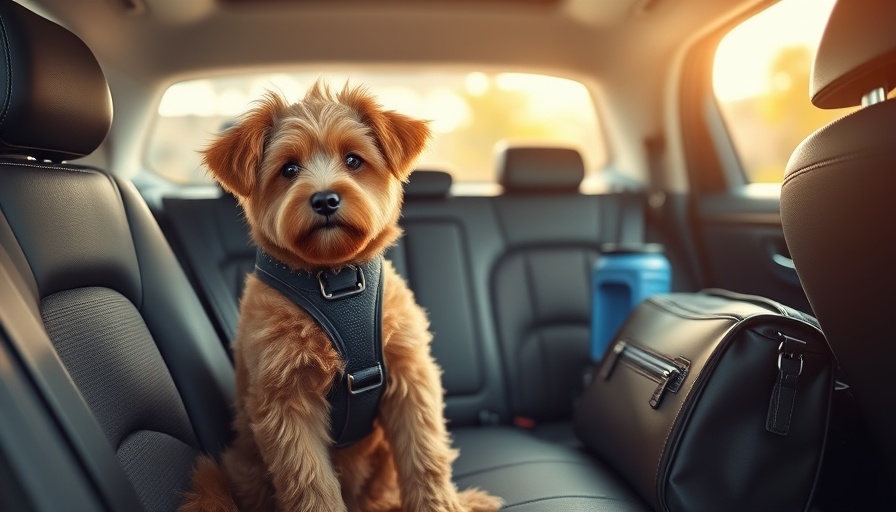
Understanding Former Service Dogs: A Comprehensive Overview
For many, the idea of adopting a dog brings to mind a cute puppy or perhaps a playful adult dog from the local shelter. However, there exists a special category of dogs that deserves equal attention and care: former service dogs. These remarkable canines have dedicated their lives to aiding individuals with disabilities and now seek loving homes in their retirement. If you’re considering bringing one into your life, the journey can be rewarding both for you and the dog.
The Unmatched Loyalty of Service Dogs
At their core, former service dogs are companions with exceptional skill sets. Trained to meet the specific needs of their handlers, these dogs have the experience and temperament suited for a variety of roles – from guiding those who are visually impaired to alerting their handlers during medical emergencies. They have responded to sound cues, assisted with mobility challenges, and provided comfort during psychiatric crises. Thanks to this extensive training, these dogs bring an unwavering loyalty that is second to none.
Why Do Service Dogs Retire?
Service dogs typically retire around the age of ten, although some may retire earlier due to various factors such as health issues or changes in their handler's circumstances. Among the most common reasons are age-related conditions, declining physical abilities, behavioral changes, or simply the need for a new kind of assistance as handler needs evolve. Understanding these factors can help potential adopters prepare for the unique needs of former service dogs.
Choosing the Right Former Service Dog for Your Family
While any breed has the potential to become a service dog, certain breeds are more commonly used due to their loyal and trainable nature. The most popular breeds include Labrador Retrievers, Golden Retrievers, German Shepherds, Standard Poodles, and Boxers. Each of these breeds is known for its capability to form strong bonds with humans, facilitating the transition into a family setting.
The Adoption Process: What to Expect
Adopting a former service dog involves several steps to ensure that both the dog and the potential owner are well-suited for each other. Many organizations that train service animals have specific adoption processes, which might include interviews, home visits, and detailed discussions about the dog's specific needs and temperament. It's important to be well-informed and to understand the emotional adjustments that both the dog and new owner might face during the transition.
Training and Integration: A Lifelong Commitment
Once you welcome a former service dog into your home, training does not stop. While they come with valuable skills, adapting to a new environment requires patience and commitment. Consistency in training is essential; this could involve maintaining some of their previous training techniques or introducing new commands that align with your daily life. Positive reinforcement techniques work best, as they help reinforce good behavior while strengthening your bond with your new companion.
Providing a Loving Home for a Hero
Adopting a former service dog means opening your heart and home to a dog that has already given so much to others. They may come with past experiences that require understanding and empathy, as well as the need for a little extra care and confidence-building. However, the relationship that develops can enrich your life incredibly, providing a unique bond based on mutual trust and companionship.
Call to Action: Make a Difference Today
If you’re ready to invest in a loving relationship with a former service dog, now is the time to act. By adopting one of these treasured companions, you’re not only changing their life but enriching your own. Consider reaching out to local organizations that specialize in service dog adoptions, and be prepared for a rewarding journey.
 Add Row
Add Row  Add
Add 




Write A Comment